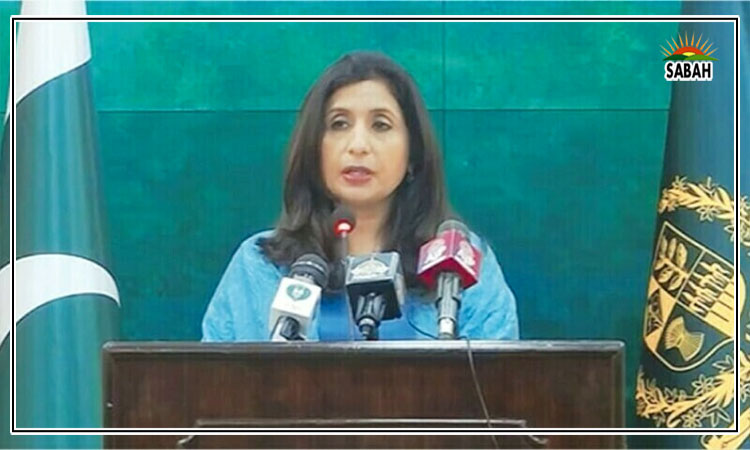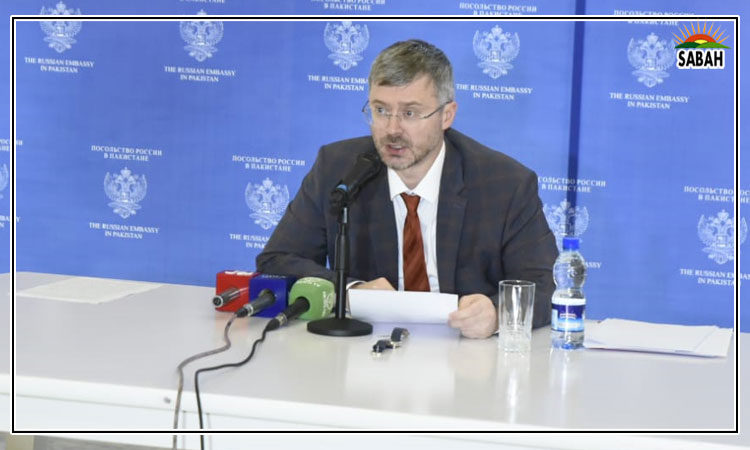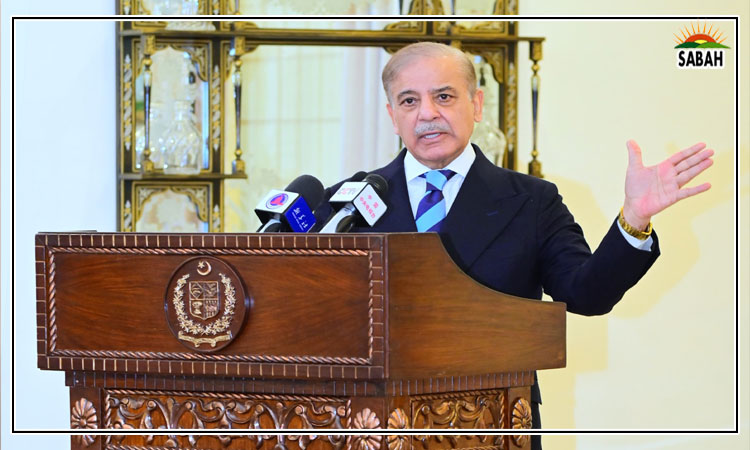Gul Khatoon vs Wapda…Afzal Ali Shigri
SKARDU, nestled in a beautiful corner of the country and surrounded by majestic mountains, has become a favoured destination of the rapidly growing tourism industry. The Pakistani government has projected Skardu as a paradise for tourists. However, the outbreak of the Covid-19 pandemic found people confined to their homes.
As restrictions eased, in 2021, local tourists began to flock to Skardu in unprecedented numbers. Encouraged by this surge in domestic tourism, the government proudly announced Skardus airport as being ready to cater to international flights.
The once-dormant tourism industry, stifled by the pandemic, found renewed hope and the governments efforts to promote this hidden gem as a sought-after destination seemed to be paying off. To accommodate the increasing numbers, flights from three major cities were added, leading to a surge in unplanned investment in the tourism industry. Skardus fragile and old infrastructure crumbled under the strain.
But despite the inconveniences, the influx of visitors continued to escalate. Businesses flourished, fuelling expectations that the trend would persist throughout the current year. However, both tourists and locals were in for a shock when the effects of climate change hit the region. The winter season was longer than usual, keeping the streams frozen. Skardus divisional headquarters faced an unprecedented water shortage, severely impacting hydropower generation. Consequently, the distribution of drinking water had to be rationed for the first time. It became evident that the government had failed to recognise the apparent growth in seasonal demand, resulting in immense hardship for the locals and despair among the visitors.
The sight of cherry blossoms bursting in every village, accompanied by the emergence of vibrant green leaves under the radiant sunshine and the gushing of crystal-clear water, would normally be a delightful treat for the eyes. The receding cold, coupled with mornings filled with birdsong, would typically transform Skardu valley into a surreal world a scene from paradise. However, this years experience was hardly heavenly in fact, it a journey through hell.
Four hundred years ago, in the absence of her warrior husband Ali Sher Khan Anchan, raja of Skardu, who was busy expanding his rule in a challenging terrain and in the face of formidable local fighters, the rani Gul Khatoon, a Mughal princess, demonstrated remarkable engineering prowess. Her visionary mind conceived an engineering marvel that was executed to transform the high-level desert of Skardu valley into a lush green paradise. Her most notable accomplishment was the planning and construction of the Sadpara Dam and the canal system, which not only provided essential water for domestic use but also for irrigation. Gul Khatoons remarkable achievements stand as a testament to her intelligence, leadership qualities, and, most importantly, genuine concern for the well-being of her subjects.
Gul Khatoons commendable efforts in addressing what centuries later would prove to be Wapdas shortcomings underscore the incompetence of the present-day organisation. The unfortunate neglect of this remarkable region by Wapdas extensive engineering and bureaucratic machinery is a clear indictment of governance in the area, compounded by the indifference displayed by local political leaders, save for a few committed individuals.
In 2001, Wapda undertook the Sadpara Dam project with the aim of addressing the water supply issue in the region. The project encompassed four key elements: upgrading the existing dam, constructing power houses for energy generation, establishing an irrigation channel, and diverting the Shatung nullah to augment water supply. Descon Engineering was awarded the contract for the dam and powerhouse, CCPG for the irrigation channel, and D-Baloch for the Shatung nullah diversion. During the project implementation, concerns were raised by IUCN and WWF regarding the potentially negative impact of the nullah diversion on the habitat of the brown bear population and the overall environment.
There have been unverified claims suggesting that the contractor in charge of the Shatung nullah project considered it financially unfeasible due to the limited working season. Surprisingly, the preservation of the habitat for a small population of brown bears took precedence over the well-being of the human inhabitants in Skardu.
Consequently, the project underwent secretive revisions, leading to the abandonment of the water supply diversion to the dam. This decision has left the local community with a dam that provides no additional energy or water supply, rendering the project futile. Billions of rupees have been wasted, exposing the valley to water scarcity and energy shortages. This situation is exacerbated by the increased frequency of minor weather fluctuations caused by climate change.
Despite numerous applications, presentations and requests, the concerns of the locals have been ignored. The recent drought was the final blow, leading to widespread street protests. However, an imaginative local cleric Agha Baqir, inspired by the historical achievement of Gul Khatoon and the Baltis in constructing the Sadpara Dam with their bare hands, realised that the locals could also take matters into their own hands. Agha Baqirs rallying cry has resonated with the people, and many volunteers have decided to join him in the initiative to manually divert the water from the Shatung stream.
This grassroots movement symbolises the determination and resilience of the people of Skardu. They have become determined to take charge of their own destiny and address the water supply issue. Through their collective efforts, they aim to dig channels and redirect the flow of water themselves, echoing the spirit of Gul Khatoon and the Baltis. This demonstration of unity and proactive engagement signifies hope amidst the dark challenges the region faces.
The existing infrastructures deficiencies, combined with a growing tourism industry, have exposed systemic shortcomings. The apparent disregard for the local peoples well-being and the failure to prioritise Skardus development have led to a situation where necessities such as water supply and power generation have been severely compromised.
This situation underscores the need for an immediate and comprehensive reassessment and the revitalisation of the regions infrastructure. Efforts should be made to rectify the inefficiencies within Wapda and to foster a greater sense of responsibility and empathy towards the people of Skardu. Furthermore, local political leaders must display a genuine interest in addressing these pressing issues and recognise the significance of preserving and nurturing this beautiful part of the country.
Courtesy Dawn












